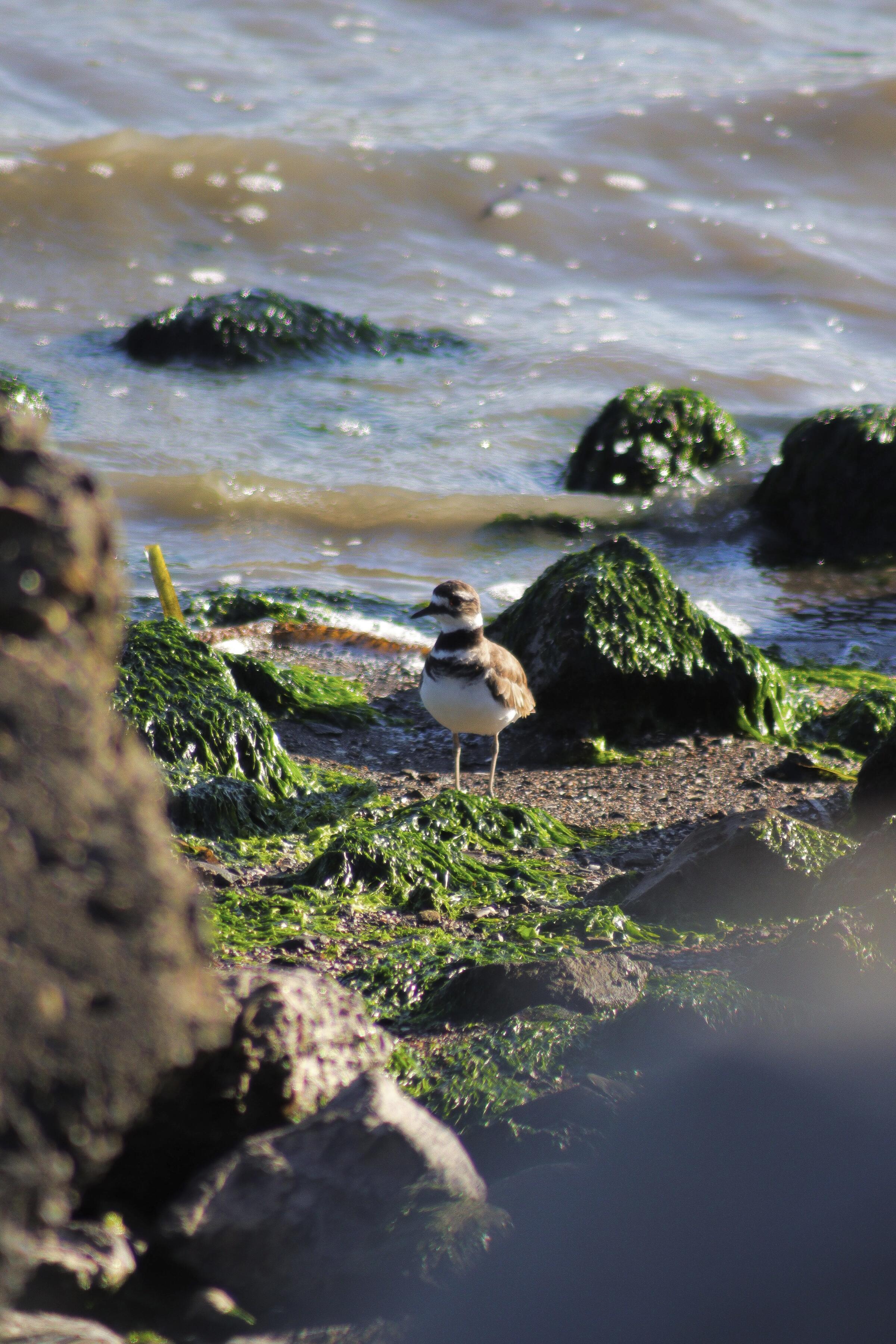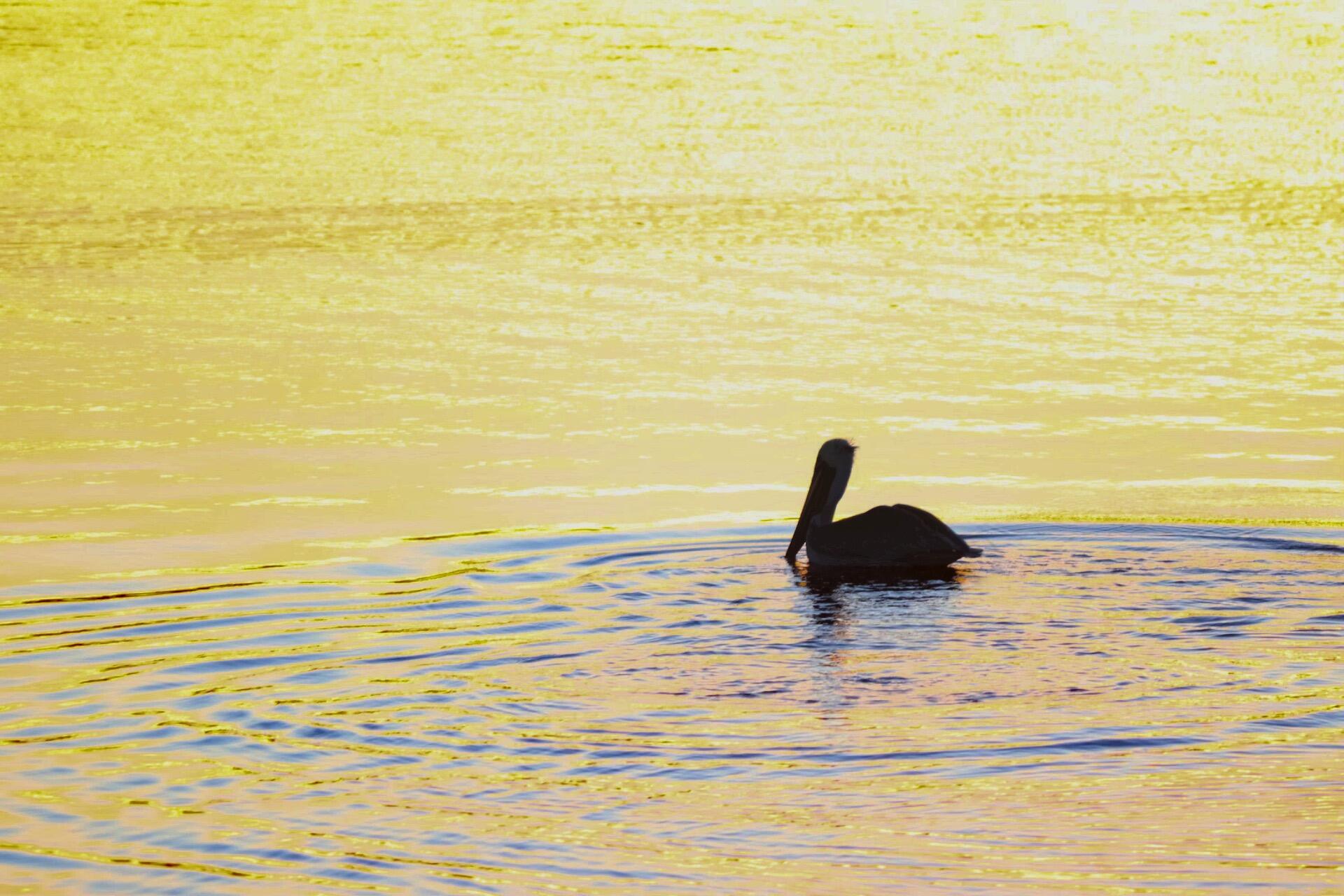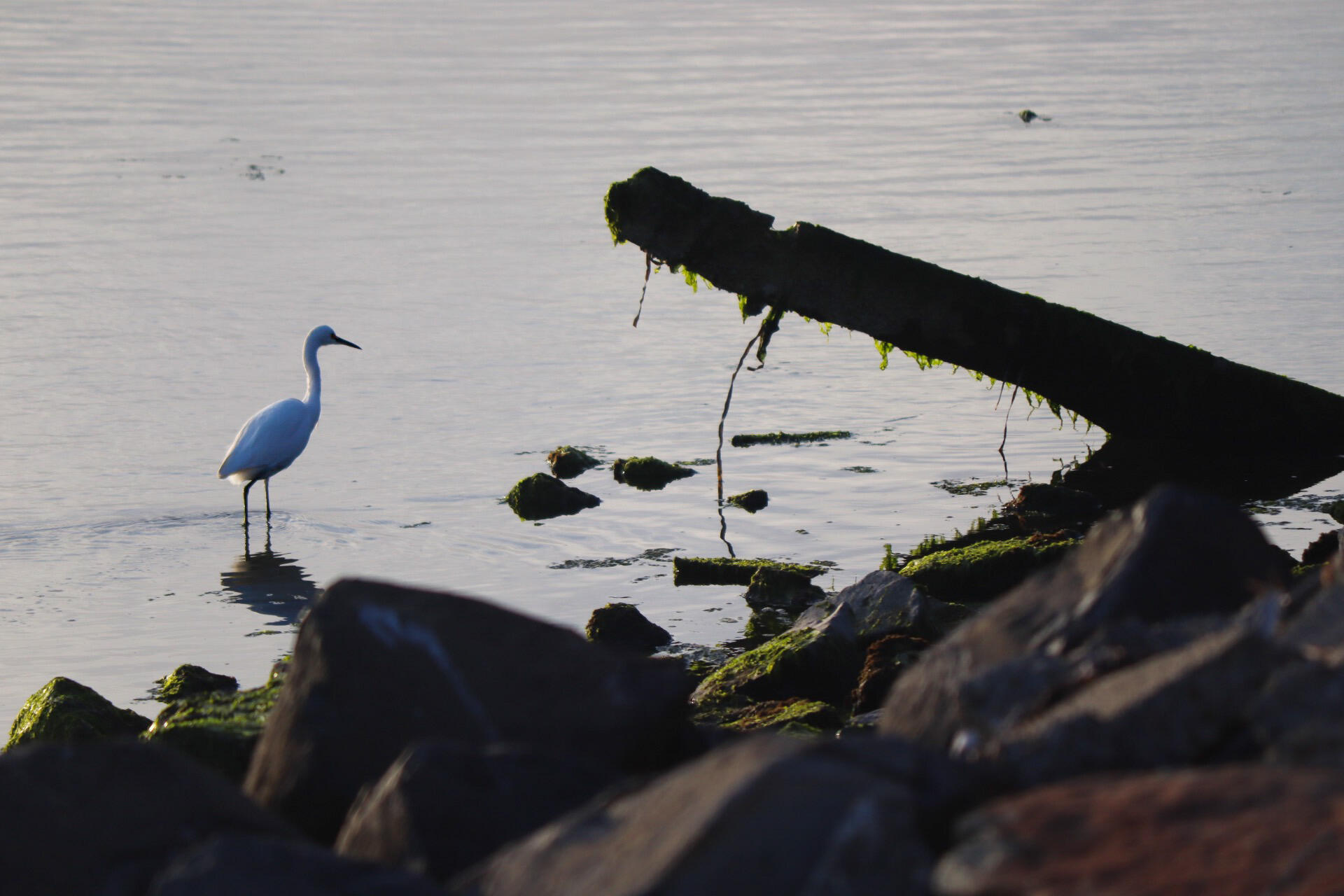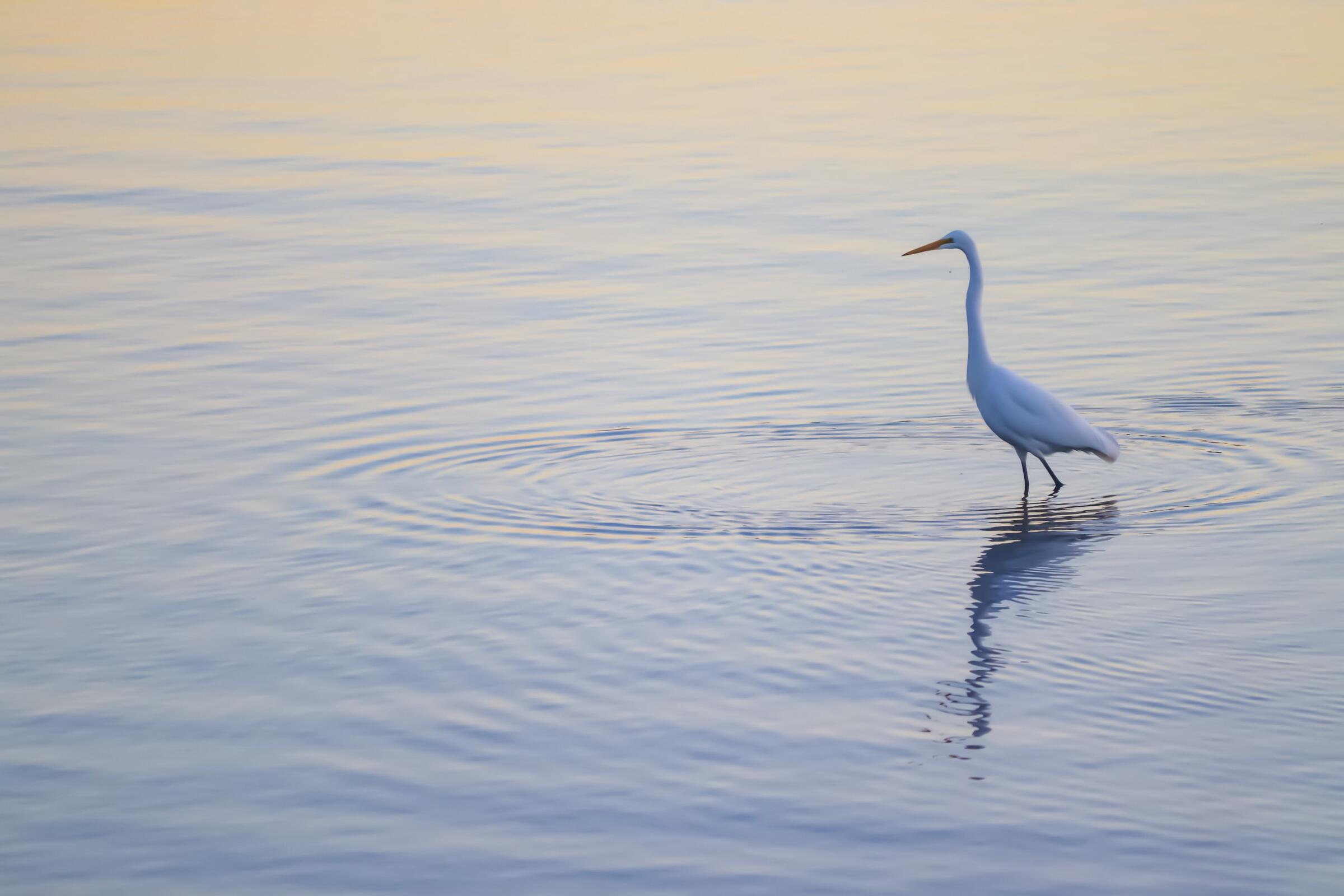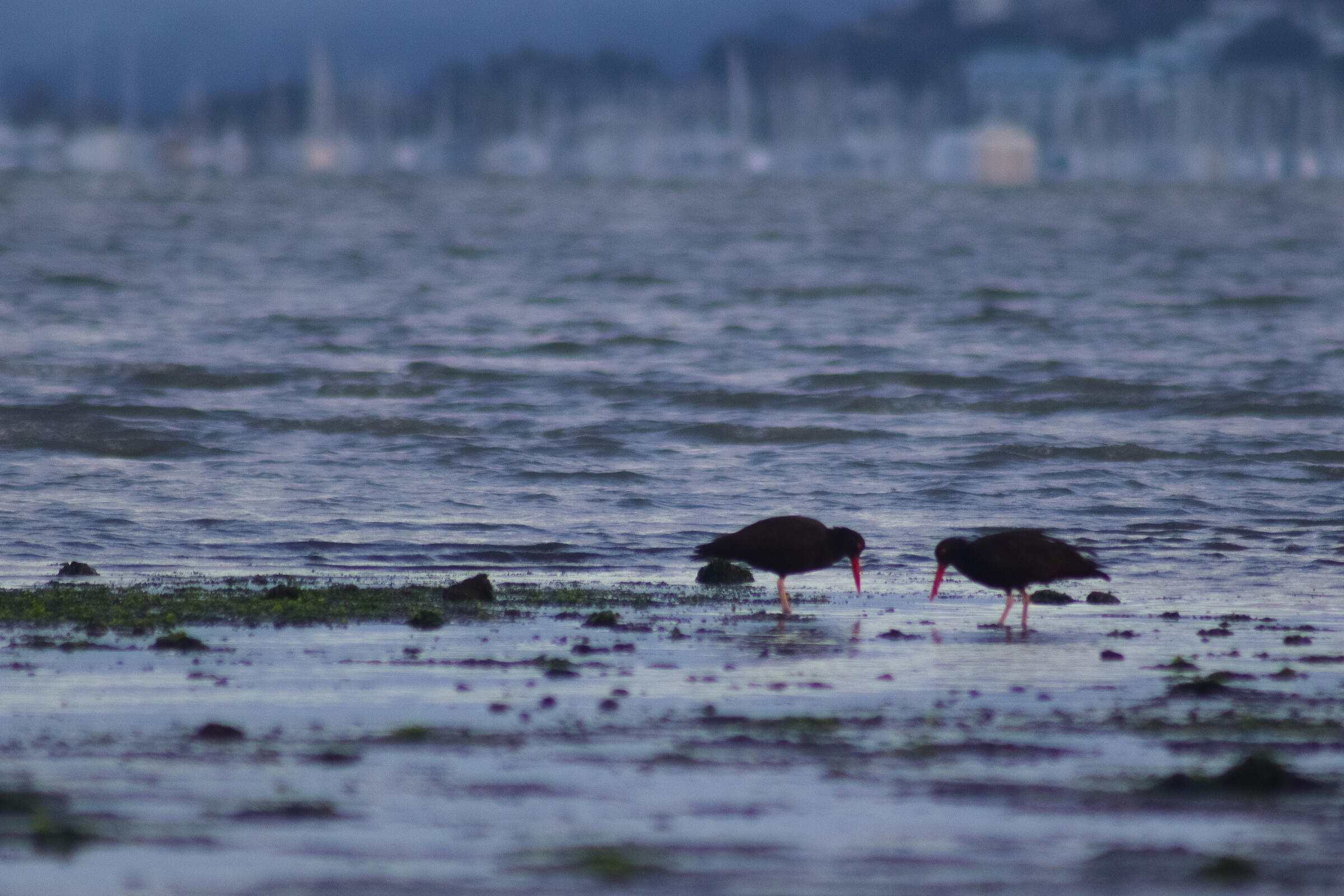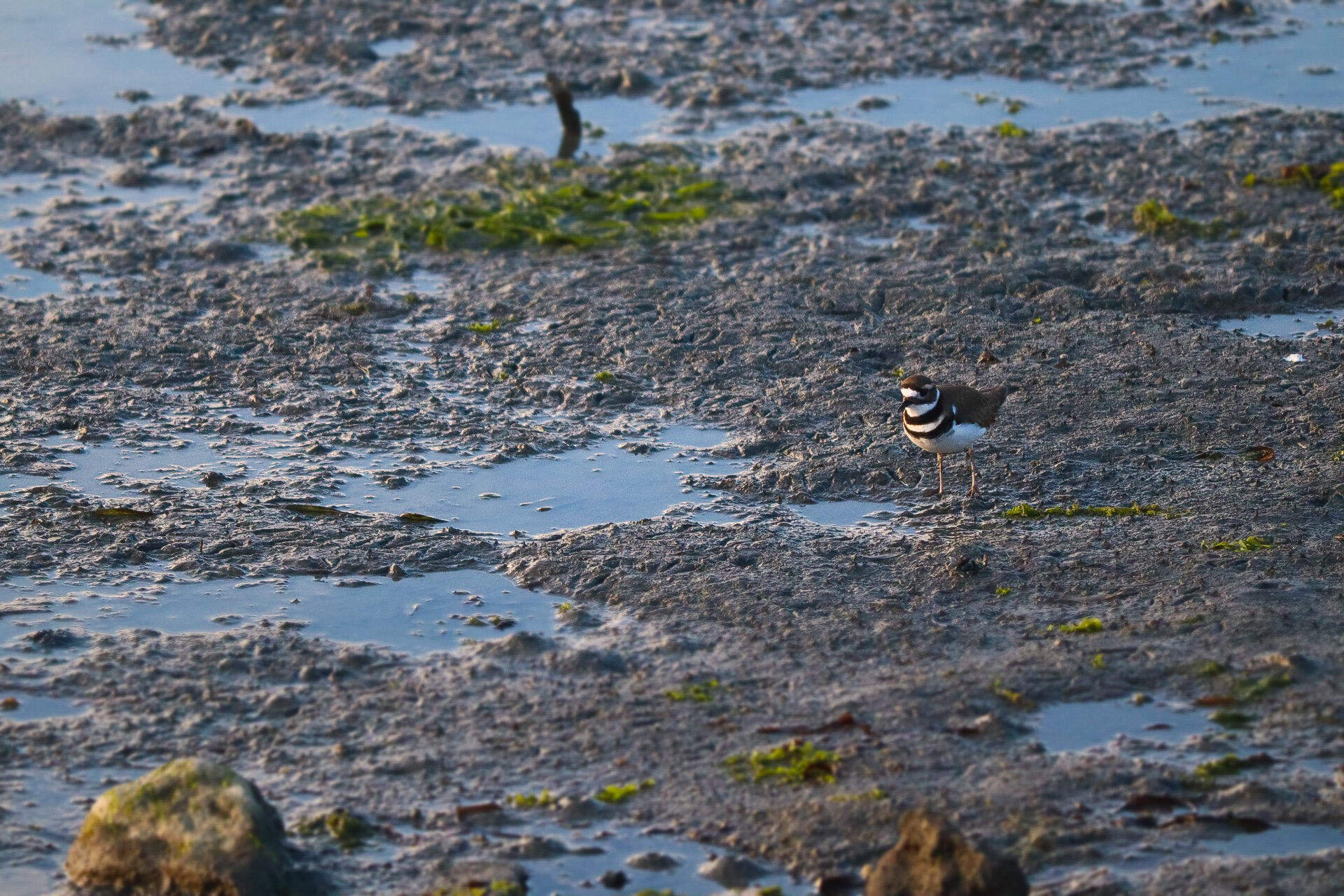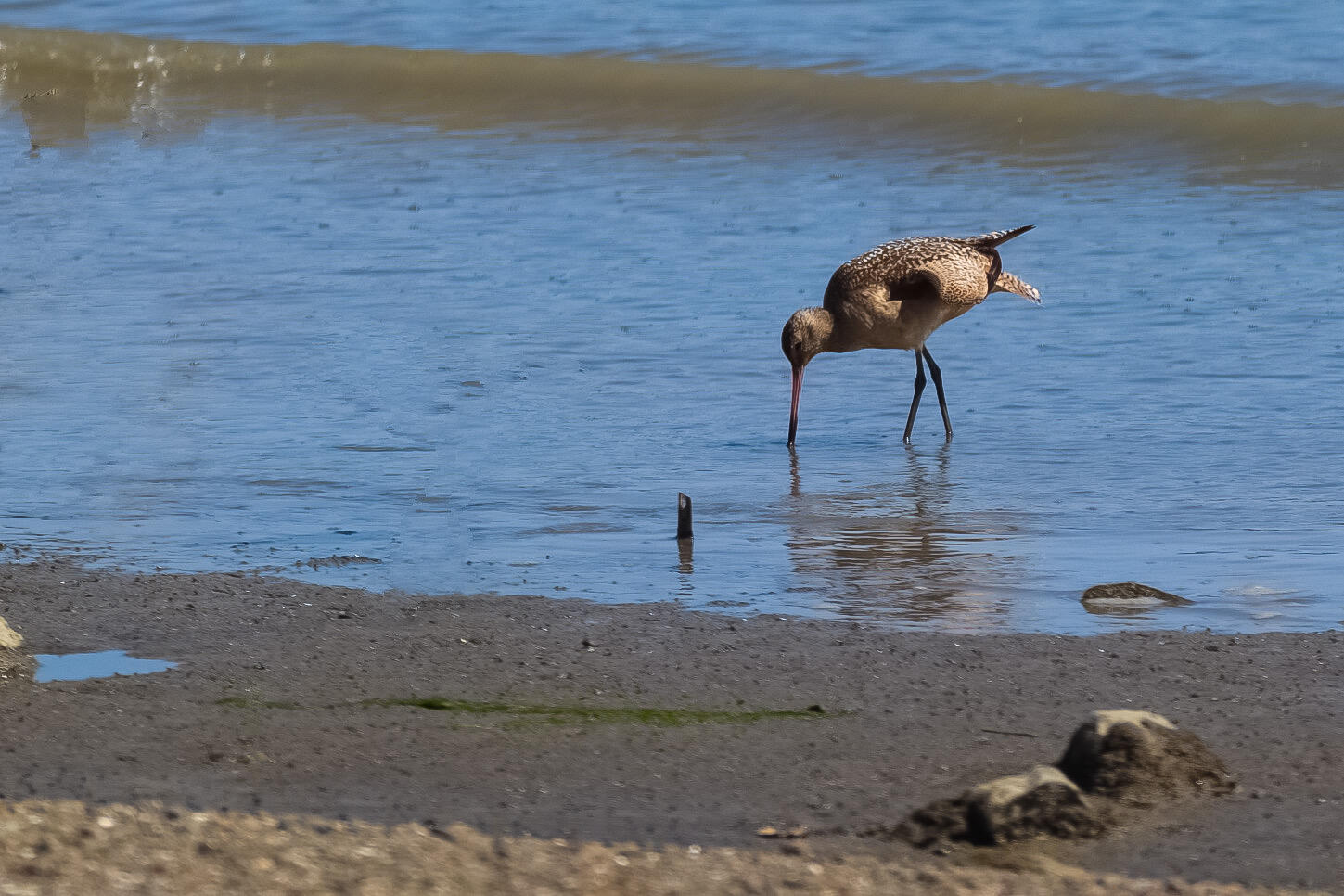Richardson Bay is brimming with shorebirds. From killdeers to godwits, oystercatchers to stilts to avocets, the bay serves as critical habitat for a wide array of species. And its biodiversity doesn’t end there; larger waders like herons and egrets can be found alongside the sandpipers, roaming the mudflats at low tide. Overhead, seagulls and terns call out noisily, while cormorants and scaup take dives under the water.
The bay supports not only high amounts of biodiversity, but also extremely large populations of each species. Every year, hundreds of thousands of birds make a pit-stop in Richardson on their journey south, feeding on eelgrass or herring spawn to fuel their migration. There, they join masses of overwintering birds that are visitors for the season, along with residential birds that live there year-round.
On a single day, it is possible to spot over 10,000 individual shorebirds and 5,000 waterfowl in the bay. Because of the sheer quantity of both migratory and residential birds, as well as its strategic positioning along the Pacific Flyway, Richardson Bay is marked as an Important Bird Area (IBA), one of 149 sites in California.
To support these birds, the Richardson Bay Audubon closes a portion of the bay to watercraft each year from October 1 to March 31. The closure provides a sanctuary for migratory shorebirds and waterfowl, allowing them to build up crucial energy in the food-rich waters. This storage is only possible when their energy isn’t wasted flying away at the approach of a kayak or sailboat.
While Richardson Bay provides a safe place for migratory birds, suitable habitats of its nature are becoming harder and harder to come by. In fact, the loss and fragmentation of essential migratory habitat has been labeled by conservationists as “the largest individual threat to migratory birds.” Coastal development not only places strain on birds’ ability to find shelter and resources, but also leads to higher rates of collisions with buildings, cars, or turbines.
These human-caused factors have had a significant impact on shorebird populations: a 2023 study revealed shorebirds are declining at one of the fastest rates of any bird group, with many species losing over 50% of their abundance in the past 40 years. The steep decline of this group signals a current and future decline in coastal health, as we lose shorebirds’ unique role in facilitating nutrient exchanges between land and sea, or even across ecosystems on different continents.
Without support, many shorebird species will likely be facing extinction in the coming years. But how can we balance conservation with the needs of a growing human population? “Tradeoffs,” says Jonathan Lee, an urban studies major and officer for the UC Berkeley campus chapter of Audubon. “Bird conservation cannot be an isolated issue. For example, reclaiming the SF Bay would probably have increased housing supply, which is a huge problem today — so how do we balance competing land uses and involve other spheres, like transport planning or housing credit policy, to achieve overall wins?”
The decline of shorebirds and waterfowl reflects the health of our global ecosystems. Places like the Richardson Bay Audubon are working to sustain both, and their work is returned in the number and diversity of birds that the bay supports. Spreading awareness about this issue is integral to keeping momentum in conservation movements, and conservation is an integral part of preserving the biodiversity of Richardson Bay.








